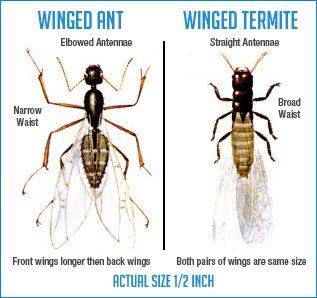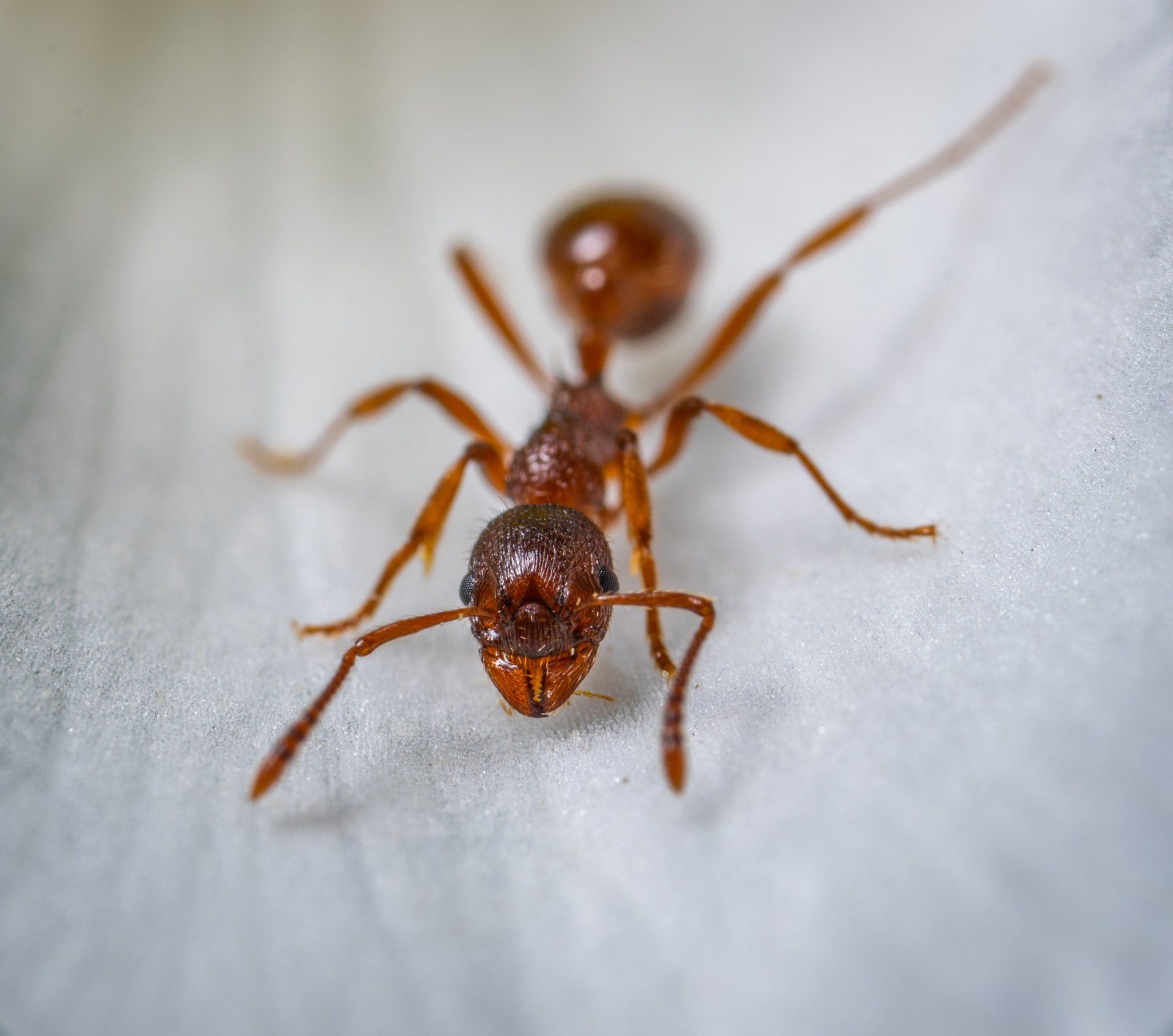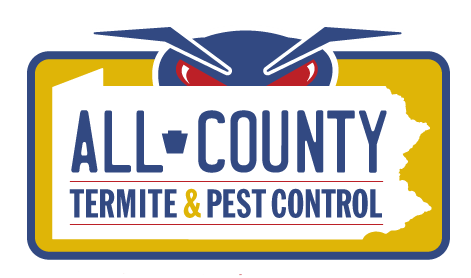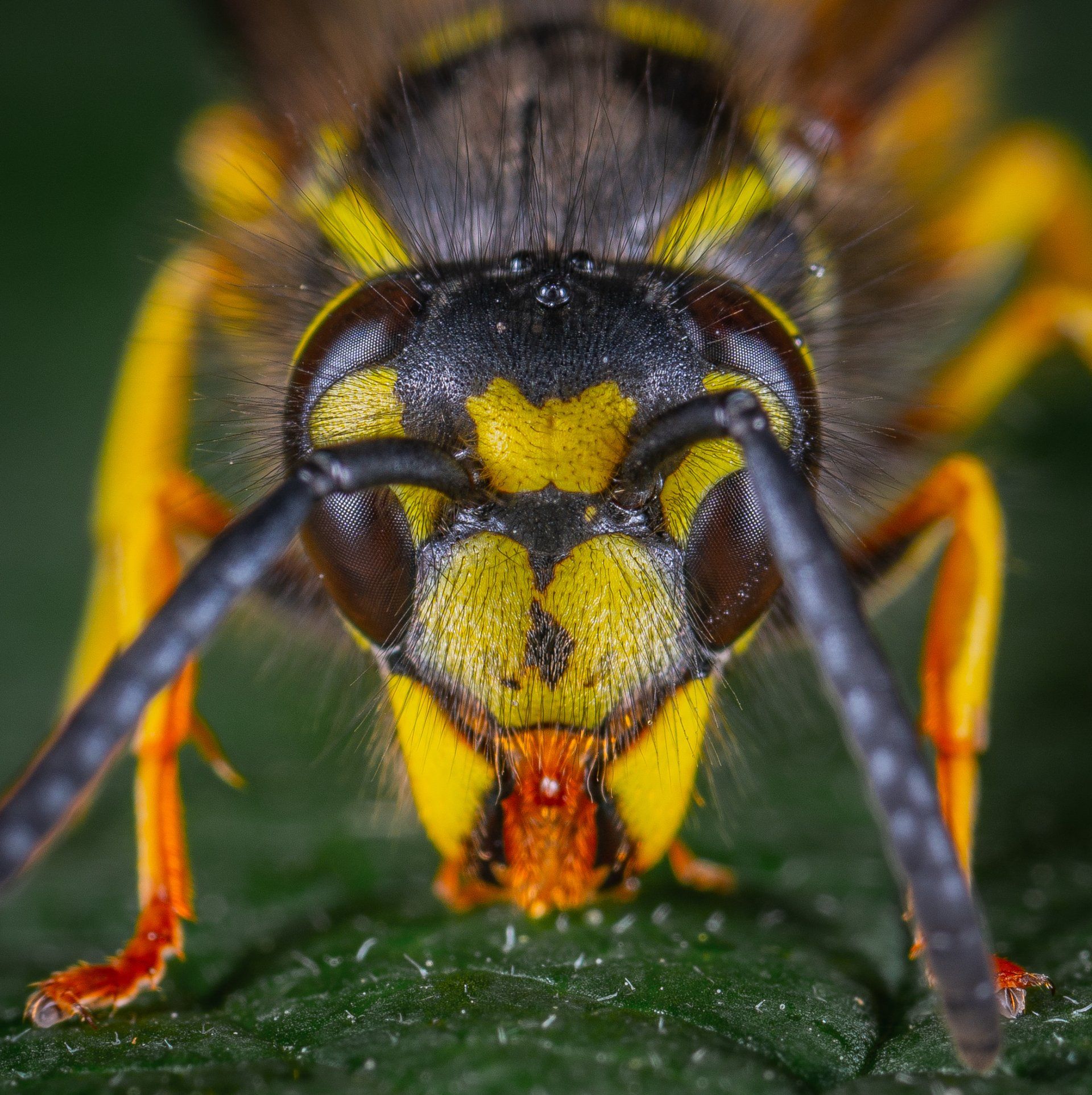Ants or Termites: Identifying Your Pests
Ants or Termites? How to tell them apart.

Ants or Termites: Identifying Your Pests
Welcome to our guide on identifying whether you have an ant or termite problem in your home. Correctly identifying these pests is crucial for effective pest control. Ants and termites may look similar, but they have different characteristics that set them apart. By learning how to identify these pests and their habits, you can determine which treatment options are best for your situation. In this section, we will discuss the physical differences between ants and termites and the signs of infestation for both.
Key Takeaways
- Identifying ants and termites correctly is crucial for effective pest control.
- Understanding the physical differences between ants and termites will aid in accurate identification.
- Knowing the signs of an ant or termite infestation can prevent extensive damage.
- There are effective preventive measures and treatments available for both ants and termites.
- Professional assistance from All County Termite & Pest Control is available for ant and termite control in Lancaster, Pa
Ants or Termites: Physical Differences
When it comes to identifying pests in your home, understanding the physical differences between ants and termites is crucial. Ants and termites may look similar to the untrained eye, but upon closer inspection, there are noticeable variations that differentiate the two species.
Ants have a narrow waist and elbowed antennae. They may range in color from brown to black and may have wings, but typically only the reproductive members of the colony have wings. There are over 12,000 species of ants worldwide, with around 1,000 in the United States alone.
Termites, on the other hand, have a broad waist, straight antennae, and are typically white or light brown in color. Unlike ants, most members of a termite colony have wings, so seeing multiple flying insects in your home is a strong indicator of a termite infestation. There are over 2,700 species of termites worldwide, but only around 50 species are found in the United States.
By knowing these physical differences, you can accurately identify which pest you're dealing with in your home. If you're still unsure, contact a pest control expert for assistance.
Ant vs. Termite Characteristics
Distinguishing between ants and subterranean termites can be challenging, but there are key features that can help you differentiate the two. Ants typically have a distinct narrow waist, with elbowed antennae and varying body segments. In contrast, subterranean termites have a straight waist, straight antennae, and a more uniform body structure. Another noticeable difference is their wings: ant wings are typically unequal in size, while termite wings are of equal length. Additionally, ants have elbowed antennae, while termites have straight antennae. If you observe swarming insects around your property, closely examine their physical characteristics to accurately identify whether you're dealing with ants or subterranean termites. Seeking professional assistance from pest control experts like All County Termite & Pest Control can provide a definitive identification and effective solutions to address the specific pest issue.
Signs of Ant Infestation
If you have spotted a few ants crawling around your house, chances are there is a colony nearby. It is essential to identify the signs of ant infestation early before it turns into a more significant problem. Here's what to look for:
- Ant Trails: Ants move in a straight line when searching for food. If you see a clear line of ants traipsing across your floor, it's a sign that they have found a food source.
- Ant Nest: An ant nest can be outside, in your walls, or in crawl spaces. Ant nests usually have a small opening and may have a dirt mound around it.
- Frass: Ants leave behind small piles of dirt or other debris near their nests. These piles, called frass, are created as they excavate tunnels for their colony.
- Wood Damage: Carpenter ants are known for their ability to damage wood. If you see wood shavings or holes in your walls or furniture, it could be a sign of a carpenter ant infestation.
Be sure to identify the type of ants in your home to determine the best course of action for controlling the infestation. Contact a pest control professional if you are unsure, as different ant species may require different treatments.
Signs of Termite Infestation
If you suspect you have a termite infestation, it's crucial to identify the signs before significant damage occurs. Here are some signs to look out for:
- Discarded Wings: Winged termites typically swarm in spring and summer. If you notice discarded wings around your home, it's a sign that a swarm has occurred, and termites have infiltrated your home.
- Mud Tubes: Termites build mud tubes to travel from their nest to their food source. These tubes, which run along walls or the foundation of your home, can be a sign of termite activity. Check for signs of mud tubes regularly to help prevent an infestation.
- Hollow Wood: As termites consume wood, they leave behind only a thin veneer. If you tap on wood surfaces and they sound hollow, it's a sign that termites have been consuming it from the inside. You may even notice tunnels within the wood.
- Droppings: Termite feces looks like small pellets and can accumulate in the vicinity of an infestation. These droppings are referred to as frass and are often found near an entry point to the structure.
Identifying these signs early on can help you take the necessary steps to address a termite infestation before significant damage occurs. At
All County Termite & Pest Control, we offer expert termite
inspection and treatment services to help you protect your home. Contact us today at 717-940-9029 to schedule an appointment in Lancaster, PA, and surrounding areas.
Ant Control: Prevention and Treatment
If you're dealing with an ant infestation in your home, taking preventative measures and finding effective treatment options is vital to controlling the spread of these pests. At All County Termite & Pest Control, we offer a range of ant control services that target specific ant species and provide long-lasting relief.
One of the most effective prevention methods is to remove food sources and clean any areas where ants may have left traces. Keeping a clean home and sealing any entry points, such as cracks or gaps, can help prevent future infestations.
If you're already dealing with an infestation, treatment options include baiting, spraying, and dusting. We can help you determine the best approach for your situation and provide customized solutions tailored to your specific needs. Our experts use safe and effective methods to ensure that you and your family remain safe while treatment is ongoing.
Contact All County Termite & Pest Control at 717-940-9029 for professional ant control services in the Lancaster, PA area. Click here for a free quote.
A close-up view of a trail of ants moving towards a food source, with emphasis on the different sizes and shapes of individual ants in the group. The ants should be depicted in a realistic manner, with attention to their body structure, mandibles, and antennae. The background should be blurred to draw attention to the ants and their movement.
We understand the frustration of dealing with an ant infestation, and our goal is to help you get back to enjoying your home pest-free. Let us help you with our comprehensive ant treatment services.
Termite Control: Prevention and Treatment
Termites can cause extensive damage to your home, and it's essential to control their infestation. We will discuss preventive strategies and treatment methods that you can utilize to eliminate termites from your house.
Preventive Measures
The best way to prevent termite infestation is to make your home less hospitable to them. Here are some tips:
- Eliminate moisture - Fix any water leaks, wipe up standing water, and ensure your home has adequate ventilation.
- Maintain landscaping - Ensure branches, shrubs, and other plants are at least a foot away from your home's foundation. Trim back overhanging branches that can attract termites.
- Eliminate entry points - Seal cracks, gaps, and other openings leading into your home, including around pipes and electrical wiring.
DIY Treatment
If you have a mild termite infestation, you can try treating it with DIY methods:
- Use termite baits - These products often contain a slow-acting poison that termites carry back to their colony.
- Apply liquid termiticide - You can use a liquid insecticide to create a barrier around your home's foundation. Dilute the chemical according to the instructions and apply it to the soil around your home.
- Heat or freeze treatment - Heat or freeze treatment can be effective but requires professional-grade equipment. You can hire a professional or rent the equipment yourself.
Professional Treatment
If DIY treatments don't work or if the termite infestation is severe, it's best to hire a professional. A pest control expert can assess the situation and recommend the best treatment option for your home. Professional treatment may include:
- Ground treatment - Involves applying termiticide to the soil around your home.
- Wood treatment - Involves treating infested wood with a special solution.
- Fumigation - Involves enclosing your home in a tent and fumigating it with a gas that kills termites.
Ultimately, it's crucial to take action against termites as soon as you detect their presence. Contact All County Termite & Pest Control at 717-940-9029 for professional assistance in Lancaster, Pa.
Flying Ants vs. Flying Termites
When it comes to identifying winged insects, knowing the difference between flying ants and flying termites is crucial. While they may look similar at first glance, the two species have distinct features that help differentiate them.
Flying Ants
Ants with wings are known as winged ants or alates. They typically have two sets of wings with one set larger than the other. These wings are often translucent and visible when the ants are swarming. Additionally, flying ants have elbowed antennae and a narrow waist, similar to regular ants.
Flying Termites
Termites with wings are known as winged termites or swarmers. They also have two sets of wings that are of equal size and length, and they tend to be milky or opaque in color. Unlike flying ants, termites have straight antennae and a broad waist, giving them a distinct appearance.
To help differentiate between the two, it is important to note that flying ants are often less harmful than flying termites. While both species can cause damage to homes, flying termites are known to be more destructive. If you suspect you have a termite infestation, it is crucial to contact a professional pest control service immediately.
Take a look at the image below to see how winged ants and winged termites differ in appearance:
Stay tuned for the next section where we will dive into the significance of termite mud tubes to help you identify whether you have a termite problem.
Termite Mud Tubes: Understanding Termite Behavior
If you suspect that you have a termite infestation, you should look for termite mud tubes or shelter tubes, which are an essential part of termite behavior. These tubes are made of soil, wood particles, and debris through which worker termites travel to reach their food sources without exposing themselves. Visually, these tubes are about the width of a pencil and run vertically or diagonally in a compressed pattern along walls, foundation, and other surfaces.
The presence of these mud tubes is an indicator of active termites in your home. Checking for mud tubes on a regular basis can help identify termites before they cause significant damage to your property.
Another essential factor is the type of construction utilized. Termite mud tubes are more common in homes that have crawl spaces between the floors and have wooden floors above the ground level.
"Detecting and understanding termite mud tubes is critical in identifying termite infestations. Their presence can help you determine the high-risk areas of your property that require more protection to prevent future infestations."
Conclusion
In conclusion, identifying and controlling ant or termite infestations in your home is important for protecting your property from damage. Remember to look for physical differences between ants and termites, as well as signs of infestations.
Prevention is crucial for keeping ants and termites at bay, so make sure to eliminate any sources of food or water that may attract these pests. If you suspect an infestation, contact us at All County Termite & Pest Control for professional assistance in ant or termite control.
Our team uses a variety of treatment options that are safe and effective for eliminating ants and termites from your home. We are committed to providing quality service and protecting your home from these unwanted pests. Don't wait until it's too late – call us today to schedule an appointment.
Thank you for choosing All County Termite & Pest Control for your ant and termite control needs. We look forward to working with you!

Welcome to the All County Blog





